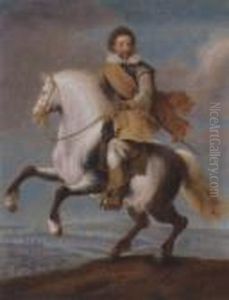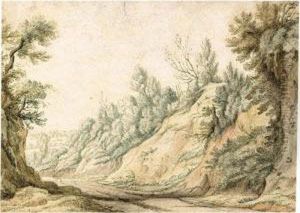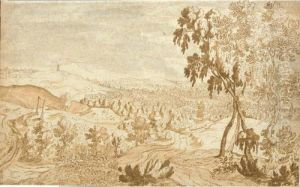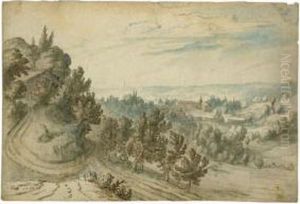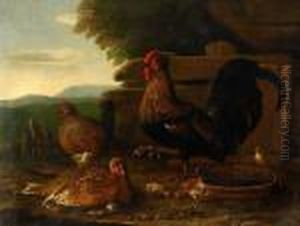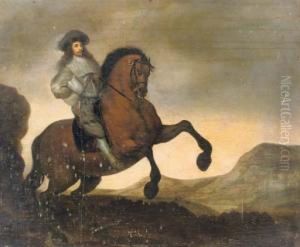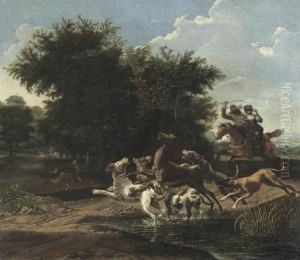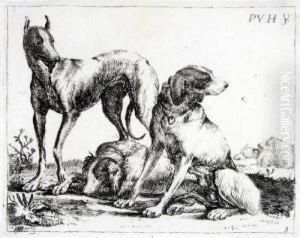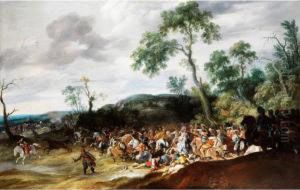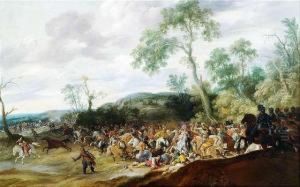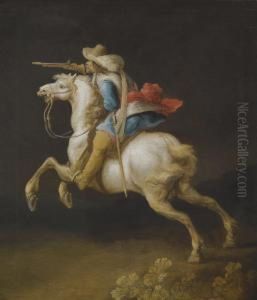Paulus Van Hillegaert Paintings
Paulus van Hillegaert was a notable figure in the Dutch Golden Age of painting, primarily recognized for his contributions as a landscape and battle scene artist. Born in 1596 in The Hague, Netherlands, van Hillegaert's early life and artistic training remain somewhat obscure, though it is known that he was active in the vibrant artistic community of his hometown. He was a member of the painters' guild in The Hague, which played a significant role in the development and dissemination of the Dutch painting tradition during the 17th century.
Van Hillegaert's work is characterized by its detailed depiction of military campaigns and battles, a genre that was popular among the Dutch nobility and bourgeoisie, who were keen to celebrate their military successes during the Eighty Years' War against Spain. His landscapes, often serving as the backdrop for these martial scenes, demonstrate a keen eye for the natural beauty of the Dutch countryside, incorporating it seamlessly into his compositions.
Throughout his career, Paulus van Hillegaert enjoyed the patronage of various members of the Dutch elite, which allowed him to work on a range of projects, from private commissions to more public works intended for display in civic buildings and churches. His paintings were appreciated not only for their artistic merit but also for their ability to capture the spirit and pride of the Dutch Republic during its Golden Age.
Despite his contributions to Dutch art, van Hillegaert's name is less well-known today than some of his contemporaries. He died in 1640 in The Hague, leaving behind a body of work that continues to be studied and admired for its historical significance and artistic quality. Van Hillegaert's legacy is preserved in the collections of various museums across the Netherlands, where his paintings offer a window into the tumultuous yet triumphant period of Dutch history.
